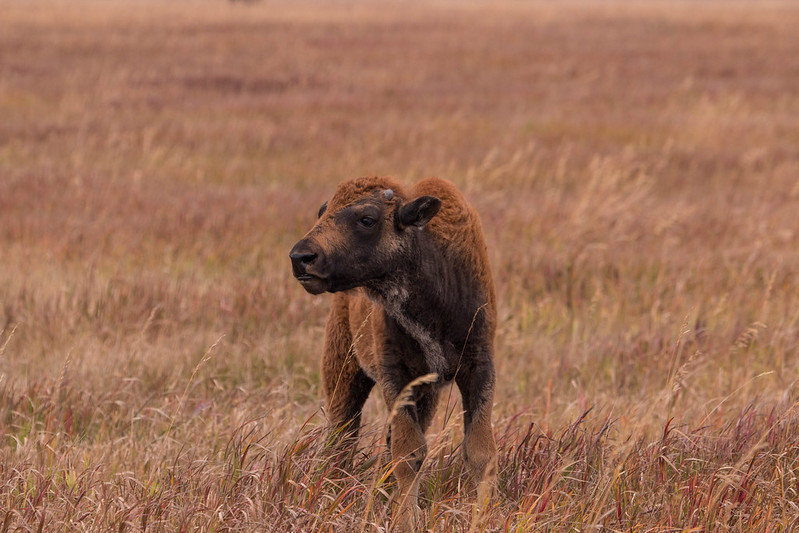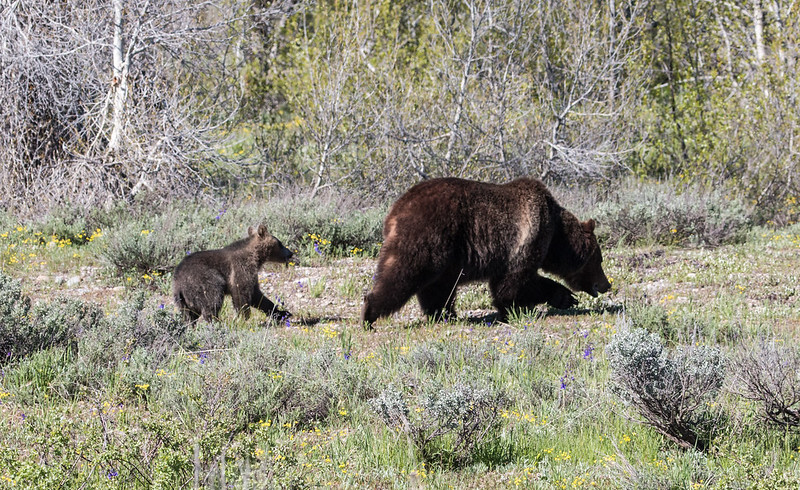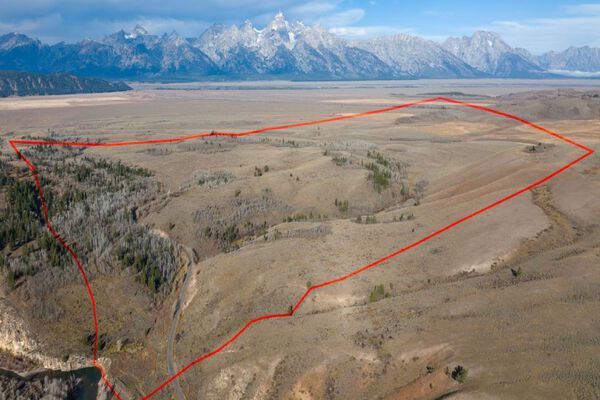Long days and warm temperatures mark summer's arrival in Grand Teton National Park. As daily high temperatures rise with the season, mid-day animal activity will be reduced considerably. Be sure to get out early in the morning or later in the evening for your best chance to see some of the park's incredible wildlife.

Most of the year's bison calves have been born by the end of June.
- Trumpeter swan eggs are hatching. Young swans, or cygnets, are typically light gray in color and can swim within 24 hours of hatching. They will be roughly three and a half to four months old before they take their first flight.
- The spring birth pulse for Jackson Hole ungulates (mammals with hooves) is winding down. Most ungulate babies are on their feet and able to move the day they are born. Some, like bison, use the follower strategy, where the new calves stay with their mothers at all times. Others, like deer, elk, and pronghorn, use the hider strategy, where mothers often hide their newborn fawns or calves and return to them periodically to nurse.
- Moose are VERY protective of their young. Please be cautious and give them a wide berth.

A sow grizzly bear with her cub. Always be bear aware and never approach park wildlife!
- Grizzly bear 399 and her 4 cubs, as well as other grizzly bears, have been commonly seen from roadsides, so please drive slowly and be vigilant for wildlife at all times, particularly after dark or at dawn/dusk.
- Marmots, one of the largest mammals in the squirrel family, are active and feeding primarily in the morning and evening and rest during the heat of the day.
- Neotropical birds, such as ruby crowned kinglets, western tanagers, and hummingbirds, have returned and are busy breeding and raising young.
- Wolf, coyote, and fox pups from successfully reproducing packs or pairs have now emerged from their dens. They do not stray far from their dens, rendezvous sites, or the watchful eye of adults. They are out and about, learning from the new world around them while playing and growing rapidly.
Remember, the wildlife in Grand Teton are WILD and should never be approached. Always carry bear spray when hiking in the park, maintain proper distancing while viewing wildlife, and be bear aware! Stay safe out there and enjoy yourself while recreating responsibly in Grand Teton.









